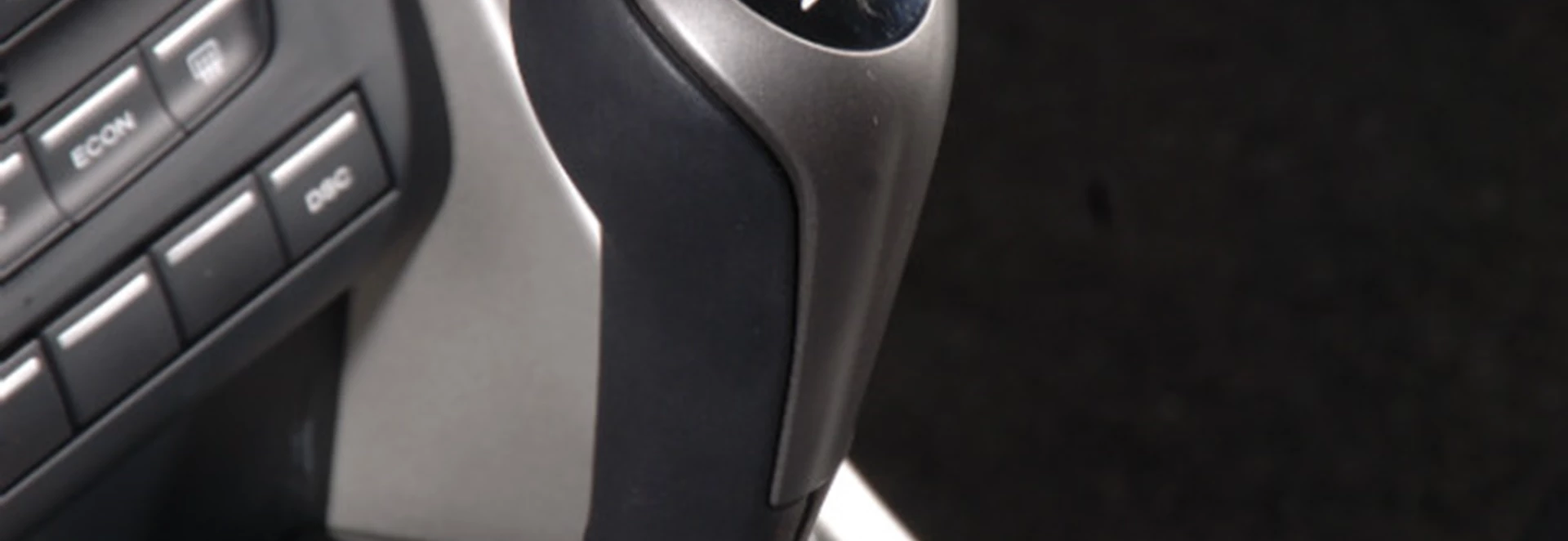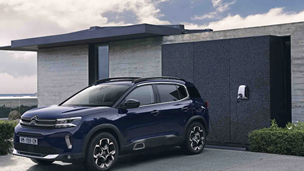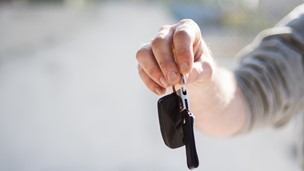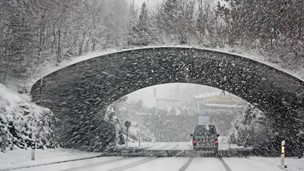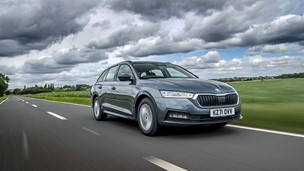When you buy a new car, one of the many things on it you’ll have to take care of during ownership is the gearbox.
Many of the cars which motorists learn to drive in and purchase use a manual transmission but even if you’ve got your licence you have to be wary of not letting bad habits creep in.
Here’s a guide to some things you might be doing with your manual gearbox but should avoid while driving.
Resting your hand on the gearstick
When not changing gears, some drivers may be tempted to rest their hand on the gearstick.
This is not a good idea though if the car is in gear, since doing it repeatedly for a long time could end up causing serious damage to the gearbox.
When you change gear in a manual car, you’re using the gear lever to move a selector fork which pushes a rotating collar into the gear you’ve selected. If you’re leaving your hand on the gearstick while it is in gear, you could be applying pressure on the selector fork up against the rotating collar and prematurely wearing out this fork.
Another good reason to avoid resting your hand on the gear stick is that you’re better off keeping both hands on the wheel as much as you can anyway, so you have maximum control of your car.
Suddenly applying heavy throttle when the engine revs are low
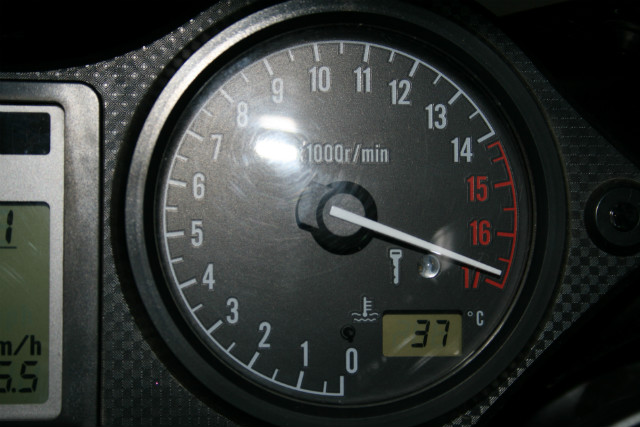
When you’re on the move it’s not a good idea to try and floor it when you’re at a low engine rpm, as it can put a lot of stress on the gearbox.
If you want to build up speed and the engine revs are low then you’re best either gently applying more acceleration with the gas pedal, or moving to a lower gear before putting your foot down.
If you plan on doing the latter, never move down to a gear which will cause engine rpm to exceed the redline (the maximum rpm the engine can accommodate), since this isn’t healthy for either the engine or your clutch.
Unless the car is completely new to you, you should naturally and quickly get familiar with what gear matches certain speeds and engine rpm.
Leaving the car in gear when you’re stationary for a while
While you are stationary in traffic for any significant amount of time, it is best to leave the gearstick of a manual car in neutral and take your foot of the clutch.
If you leave the car in first gear when you’re stopped, you’re still applying the clutch pedal with your foot to prevent the car from stalling. It can also mean you’re unnecessarily wearing out what’s called a throwout bearing, which is used when activating the clutch.
Keep your car in first gear with the clutch fully pressed down for extensive periods too often and you could end up breaking the bearing, making the clutch pedal unusable.
Using the clutch to hold your car on a hill
If you stop your car while going up a hill or slope, you’ll want to ensure your vehicle holds position.
Some drivers with a manual gearbox may decide to let out the clutch pedal and gas pedal just enough to hold the car steady. This is a bad idea for a couple of reasons.
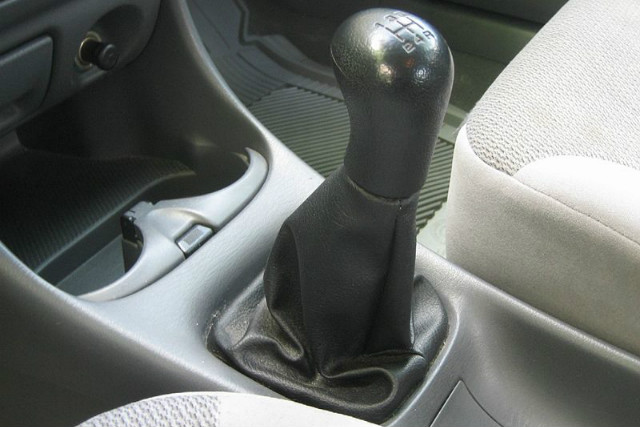
Firstly, you can end up rolling back and hitting someone behind if you don’t find the sweet spot with the pedal positions in time.
Also, since the clutch disc will be spinning at one speed and the engine another speed, you end up burning out the clutch with excessive wear.
If you have to stop your car while going up a hill, then the best thing to do is to apply the handbrake and put the car in neutral. Only use the clutch again when it’s time to move forward again, slowly releasing the handbrake as you do.
Additionally, some manual transmission cars come with a piece of tech called ‘hill start assist’, which will hold the car stationary for a couple of seconds after the brake is released to give the driver time to apply the throttle. Consult your car’s manual or retailer to check if your car has it fitted.
Coasting in neutral to save fuel
This used to be quite a common practice, but trying to save fuel by sticking the car’s transmission in neutral gear and coasting the car down hills and slopes is inadvisable.
It’s an unsafe thing to do, since you don't have as much control over the car when it is in neutral. Also, you lose engine braking and run the risk of causing excessive wear or overheating the brakes when going downhill.
On top of all this, the way fuel systems work in modern cars means that coasting downhill has no real benefit to efficiency.
